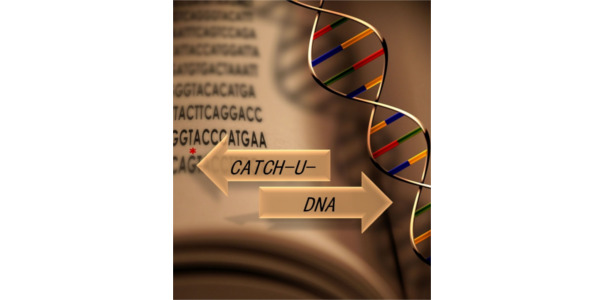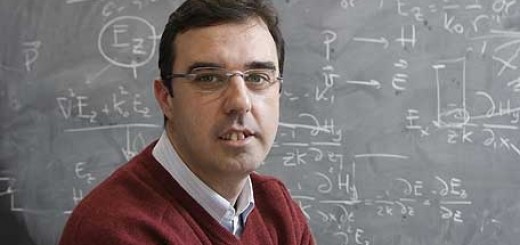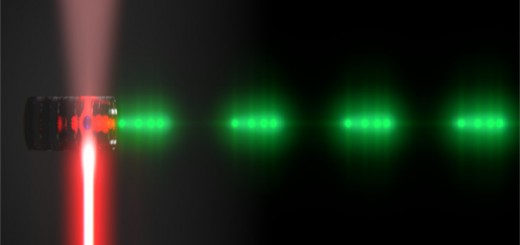FET Open Project CATCH-U-DNA: Capturing non-Amplified Tumor Circulating DNA with Ultrasound Hydrodynamics
This multidisciplinary suggest replacing the labor-intensive, occasionally biased and costly PCR method currently used for the detection of genetic cancerigenous markers with a simple, non-PCR based DNA quantification method. The suggested system will exploit the ability of acoustic waves in the surface of quartz resonators to probe the hydrodynamic shape of surface-bound molecules, rather than its mass. The scientific challenge to be addressed is to push the limit of detection to the zM range obviating the need to use a polymerase for DNA amplification. The technological challenge is to fabricate ultra sensitive acoustic devices and capture with high efficiency very low numbers of DNA present in a complex medium on the device surface. These ambitious goals will be achieved by developing novel probes with liposomes and nanoparticles of tailor-made sizes and shapes for enhanced acoustic response; exploiting high frequency acoustic devices up to the GHz range; and, employing magnetic beads with microfluidics for specific target-capturing and enrichment. The proof-of-principle will be demonstrated during the detection of circulating-tumor DNA (ctDNA), currently an area perceived by cancer researchers as the “Holy Grail” of future cancer diagnosis, prognosis and treatment. We intend to validate our integrated acoustic platform towards the detection of common mutations occurring in colorectal and lung cancers, i.e., KRAS, EGFR and BRAF in serum. We anticipate that the “CATCH-U-DNA” concept will set the foundations for a simpler, more sensitive and affordable diagnostic method, from which patients in both the developed and developing countries will greatly benefit. The consortium involves 7 groups (FORTH (Crete), BGU (Israel), AWS (Valencia), UOC (Universitary Hospital at Crete), Curie Institute (Paris), JOBST (Friburg) and UAM (Madrid).
The UAM group leaded by the IFIMAC member Rafael Delgado-Buscalioni in the Department of Theoretical Condensed Matter Physics, is in charge of the theoretical description of the probe dissipation, using hydrodynamic simulations to propose new ways to improve the sensitivity by increasing the dissipation. The detection of extremely low concentrations of DNA using ultra-sensitive acoustic probes targets will push the detection limit down to the zM range without PCR, produce highly selective and specific isolation of ctDNA targets in serum with the fluidized bed technology towards the final target: Demonstrate the simultaneous detection of 48 colorectal and lung cancer mutations from ctDNA.
We congratulate Prof. Rafael Delgado-Buscalioni.




















